This 5-volume set, Ethnobotany of India, provides an informative overview of human-plant interrelationships in India, focusing on the regional plants and their medicinal properties and uses. Each volume focuses on a different significant region of India, including:
Volume 1: Eastern Ghats and Deccan
Volume 2: Western Ghats and West Coast of Peninsular India
Volume 3: North-East India and Andaman and Nicobar Islands
Volume 4: Western and Central Himalaya
Volume 5: The Indo-Gangetic Region and Central India
With chapters written by experts in the field, Ethnobotany of India provides comprehensive information on the tribals (the indigenous populations of the region) and knowledge on plants that grow around them. Each volume includes an introductory chapter with an overview of the region and then goes on to cover
ethnic diversity and culture of the ethnic tribes plants used for healing and medical purposes for humans and animals ethnic food plants and ethnic food preparation specific information on the ethnomedicinal plants, the parts used, and the diseases cured other uses of plants by the ethnic tribes, such as for fiber, dyes, flavor, and recreation conservation, documentation, and management efforts of the ethnic communities and their plant knowledge
Ethnobotany of Indias include the details of the plants used, their scientific names, the parts used, and how the plants are used, providing the what, how, and why of plant usage. The volumes are well illustrated with over 100 colour and 130 b/w illustrations.
Together, the five volumes in the Ethnobotany of India series bring together the available ethnobotanical knowledge of India in one place. India is one of the most important regions of the old world, and its ancient and culturally rich and diverse knowledge of ethnobotany will be valuable to many in the fields of botany and plant sciences, pharmacognosy and pharmacology, nutraceuticals, and others. The books also consider the threat to plant biodiversity imposed by environmental degradation, which impacts cultural diversity.
Contents:
Ethnobotany of India: Volume 1: Eastern Ghats and Deccan
– Introduction
– Ethnic Tribal Diversity of Eastern Ghats and Adjacent Deccan Region
– Ethnobotany of Worldviews and Belief Systems of Eastern Ghats and Adjacent Deccan Region
– Ethno-Ecology, Taxonomy, and Nomenclature of Plants of Ancient Tamils
– Ethnic Plant Genetic Resources Diversity of Eastern Ghats and Deccan
– Ethnic Food Plants and Ethnic Food Preparation in Eastern Ghats and Adjacent Deccan Region
– Ethnomedicinal Plants of Eastern Ghats and Adjacent Deccan Region
– Ethnoveterinary Medicine of Eastern Ghats and Adjacent Deccan Region
– Ethnobotany of Useful Plants in Eastern Ghats and Adjacent Deccan Region
– Conservation, Documentation, and Management of Ethnic Communities of Eastern Ghats and Adjacent Deccan Region and Their Plant Knowledge
– Computer Applications in Ethnobotany
– Ethnobotany, Ethnopharmacology, Bioprospecting, and Patenting
Ethnobotany of India: Volume 2: Western Ghats and West Coast of Peninsular India
– Introduction
– Ethnic Diversity
– The Influence of Trade, Religion, and Policy on Ethnic Diversity and Ethnobotany of the Western Peninsular India
– European Contributions to the Ethnobotany of Western Peninsular India during the 16th to 18th Centuries
– Listening to a Fairy Tale on a Moonlit Night….: Some Reflections on the Human Affinities with Plants in the Worldviews of Indigenous Communities along the Western Ghats of Karnataka
– Ethnobotanicals of Western Ghats
– Contemporary Relevance of Ethno-Veterinary Practices and a Review of Ethnoveterinary Medicinal Plants of Western Ghats
– Medicinal Flora and Related Traditional Knowledge of Western Ghats: A Potential Source for Community Based Malaria Management through Endogenous Approach
– Plant-Based Ethnic Knowledge of Food and Nutrition in the Western Ghats
– Useful Plants of Western Ghats
– Ethnobotany of Mangroves with Particular Reference to West Coast of Peninsular India
– Sacred Groves of Western Ghats: An Ethnobased Biodiversity Conservation Strategy
– Ethnobryology of India
Ethnobotany of India: Volume 3: North-East India and Andaman and Nicobar Islands
– Introduction
– Ethnic Diversity of North-East India
– Ethnoagriculture in North East India: Pros, Cons, and Eco-Sustainable Model
– Ethnic Food Plants and Ethnic Food Preparation of North-East India
– Ethnomedicinal Plants of North-East India
– Ethnobotany of Other Useful Plants in North-East India: An Indo-Burma Hot Spot Region
– Ethnoveterinary Practices in Northeast India and Andamans
– Ethnobotany of Andaman and Nicobar Islands
– Documentation and Exchange of Ethnobotanical Knowledge
– Quantitative Ethnobotany: Its Importance in Bioprospecting and Conservation of Phytoresources
– Ethnobotany of Turmeric and Its Medicinal Importance
– Traditional Use of Herbal Plants for the Treatment of Diabetes in India
– Ethnobotany of Oral and Dental Problems in India
Ethnobotany of India: Volume 4: Western and Central Himalaya
– Introduction
– Ethnic Diversity in Central and Western Himalaya
– Ethnic Food Plants and Ethnic Food Preparation in Western and Central Himalaya
– Ethnomedicinal Plants of Subalpine and Alpine Region of Uttarakhand Himalaya
– Ethnomedicinal Plants of Western and Central Himalaya
– Ashtavarga Plants-A Review
– A Reconnaissance of Ethnic Psychedelic Plants of Western Himalaya and Their Possible Identity to Soma
– Ethnoveterinary Medicinal Plants of Western and Central Himalaya
– Ethnobotany of Useful Plant Species in North Western Himalaya, India
– Ethno- Conservation Practices in North Western Himalaya, India
– The Sacred Natural Sites, the Social Taboo System and the Scope of Developing Some of the Sites as Biodiversity Heritage Sites, Uttarakhand, Central Himalaya
Ethnobotany of India, Volume 5: The Indo-Gangetic Region and Central India
– Introduction
– Ethnic Diversity of the Indo-Gangetic Region and Central India
– Ethnobotany of Indus Valley Civilization
– Ethnic Food Plants of the Indo-Gangetic Plain and Central India
– Ethnomedicinal Plants of the Indo-Gangetic Region and Central India
– An Overview of Ethnoveterinary Medicines of the Indo-Gangetic Region
– Trade in Indian Medicinal Plants
– Ethnobotany of Useful Plants in the Indo-Gangetic Plain and Central India
– A Review on Ethnobotany of Hepatoprotective Plants of India
– Ethnomedicine for Skin Diseases in India
– Ethnobotany of Plant Contraceptives
– Ethnobotany of Neem Tree (Azadirachta indica A. Juss): A Review
– Ethnogenomics of Some of Traditionally Used Plants: An Emerging Discipline of Biology
– Ethnobotany Post-Genomic Horizons and Mulitidisciplinary Approaches for Herbal Medicine Exploration: An Overview
– Indian Ethnobotany: Present Status and Future Prospect.

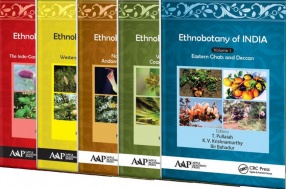


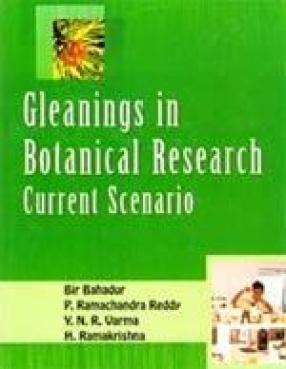
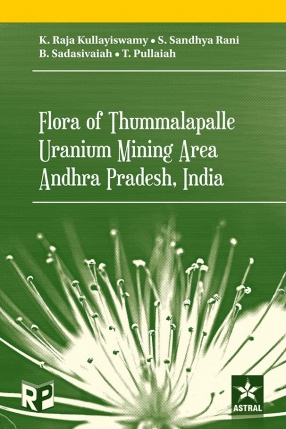
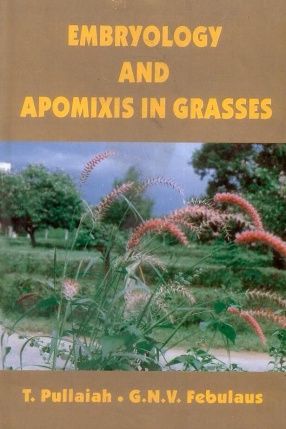
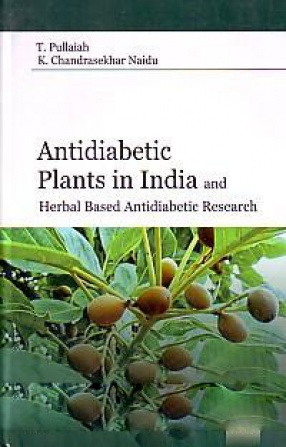


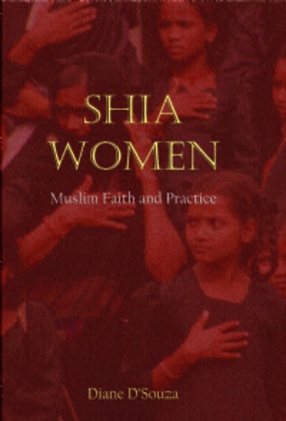
There are no reviews yet.